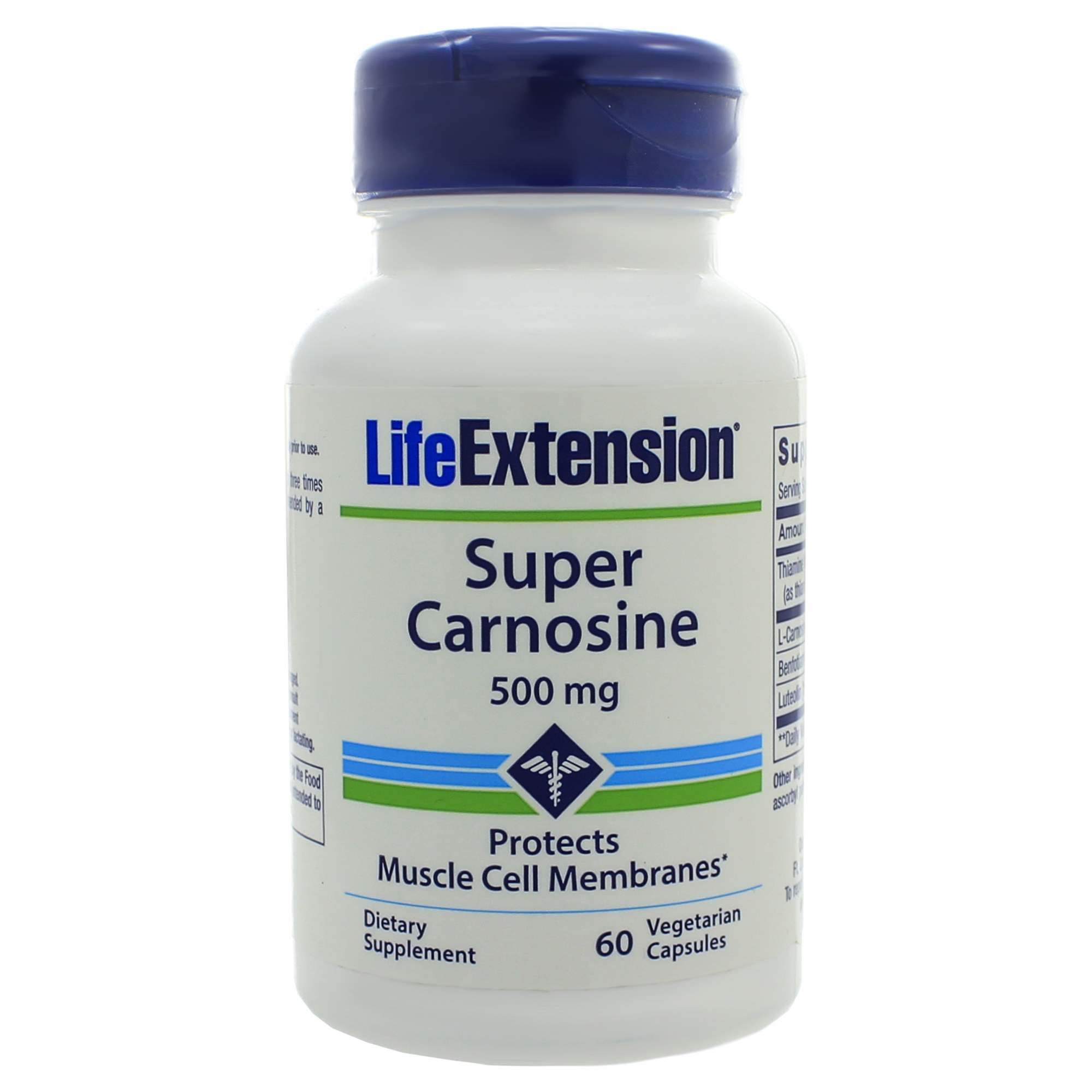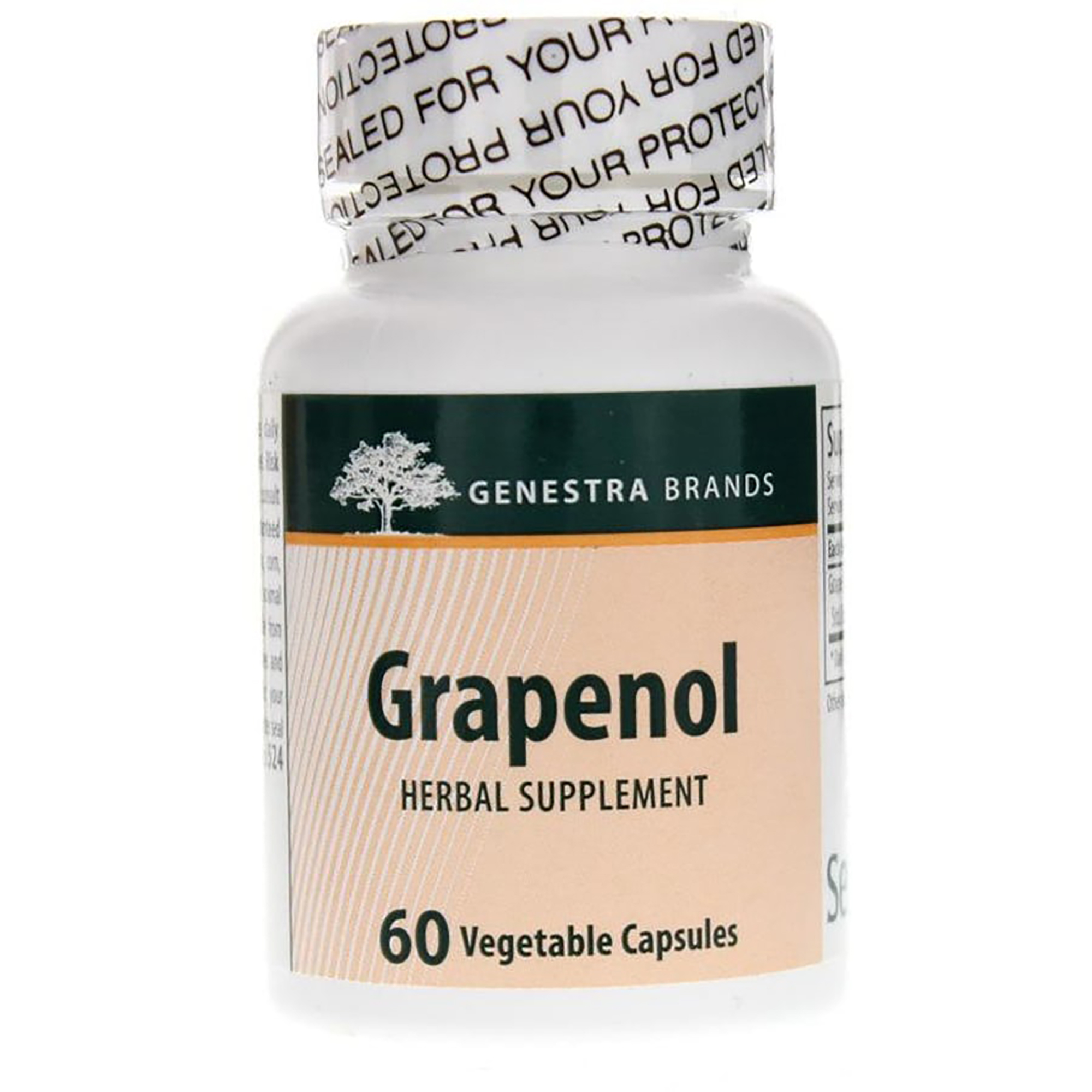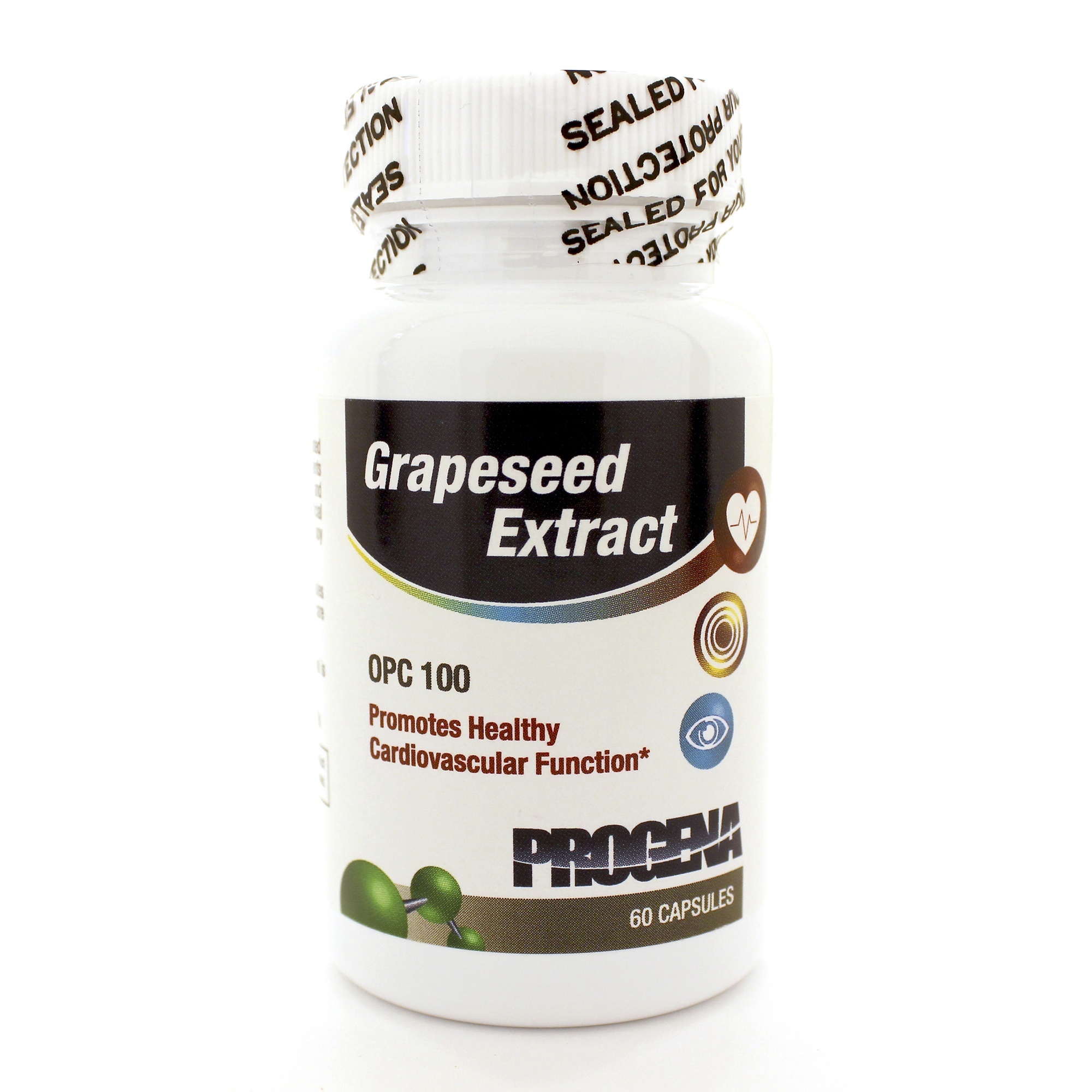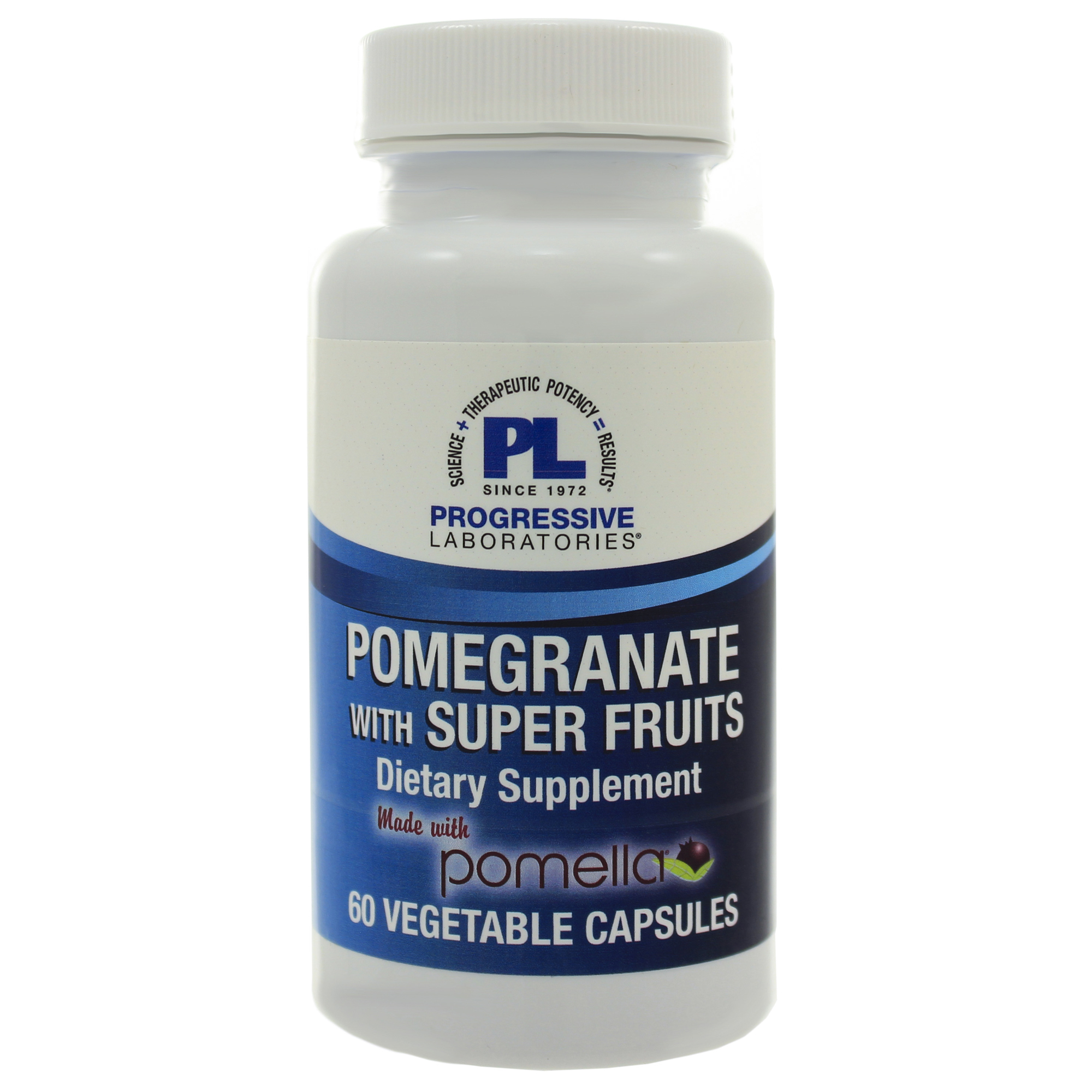Antioxidant & Anti-Glycation Agent
Carnosine is a multifunctional dipeptide made up of the amino acids beta-alanine and L-histidine.1 It is found both in food and in the human body. Long-lived cells such as nerve cells (neurons) and muscle cells (myocytes) contain high levels of carnosine.1 Muscle levels of carnosine correlate with the maximum life spans of animals. Carnosine has a number of antioxidant properties and has been shown to be an anti-glycating agent.2-8
This nutrient has the ability to suppress formation of advanced glycation end products (AGEs) and inhibit the formation of reactive oxygen species (ROS), 9-12 a culprit in oxidative stress that can lead to age-related conditions.13-15 Carnosine levels decline with age. Muscle levels decline 63% from age 10 to age 70, which may account for the normal age-related decline in muscle mass and function.16
Since carnosine acts as a pH buffer, it can keep on protecting muscle cell membranes from oxidation under the acidic conditions of muscular exertion. Carnosine enables the heart muscle to contract more efficiently through enhancement of calcium response in heart myocytes.17
Aging causes damage to the body’s proteins. One underlying mechanism behind this damage is glycation. Glycation involves the non-enzyme controlled cross-linking of proteins or lipids and sugars to form non-functioning structures in the body. The process of glycation can be superficially seen as wrinkled skin. Glycation is also an underlying cause of age-related neurologic, vascular, and eye problems.18-29 Carnosine is a unique dipeptide that can interfere with the glycation process.2-8
Benfotiamine, a derivative of thiamine (vitamin B1), provides additional protection against glycation reactions. Even people with normal glucose levels encounter damaging sugar reactions over a lifetime. Benfotiamine protects against glucose-induced cell damage via several mechanisms.30-36
References
- Biogerontology. 2007 Apr;8(2):129-37.
- Arch Biochem Biophys. 2004 Jul 1;427(1):110-5.
- Exp Gerontol. 2009 Apr;44(4):237-42. Epub 2008 Nov 11.
- Ann N Y Acad Sci. 2002 Apr;959:285-94.
- Biosci BiotechnolBiochem. 2002 Jan;66(1):36-43.
- Nephron Clin Pract. 2007;107(1):c26-34.
- Perit Dial Int. 2007 Jan-Feb;27(1):86-9.
- Ann N Y Acad Sci. 2006 May;1067:369-74.
- Protein J. 2011 Mar;30(3):149-58.
- Acta Biol Hung. 2009 Jun;60(2):137-48.
- Front Aging Neurosci. 2010 Mar 18;2:10.
- Free Radic Biol Med. 2010 Mar 1;48(5):727-35.
- Biochim Biophys Acta. 2009 May;1792(5):432-43.
- J Alzheimers Dis. 2009;16(4):859-64.
- Life Sci. 2002 Mar 1;70(15):1789-99.
- Arch Gerontol Geriatr. 1999 Sep-Oct;29(2):107-13.
- Am J Physiol. 1997 Jan;272(1 Pt 2):H462-8.
- Diabetologia. 2002 Oct;45(10):1457-62.
- Pathol Biol (Paris). 2003 Dec;51(10):543-9.
- Brain Res Brain Res Rev. 2003 Mar;41(2-3):306-23.
- Arthritis Rheum. 2004 Apr;50(4):1207-15.
- Med Hypotheses. 2004;62(2):275-9.
- Can J Physiol Pharmacol. 2000 Oct;78(10):848-55.
- Ann N Y Acad Sci. 2001 Apr;928:48-53.
- Arthritis Rheum. 2002 Jan;46(1):114-23.
- J InvestDermatol. 2002 Aug;119(2):489-98.
- Kurume Med J.2002;49(1-2):7-13.
- Curr Pharm Des. 2008;14(10):946-52.
- Metabolism. 2008 Oct;57(10):1452-7.
- Folia Med (Plovdiv). 1997;39(4):5-10.
- Nat Med. 2003 Mar;9(3):294-9..
- J Biol Chem. 2006 Apr 7;281(14):9307-13.
- Diabetes Metab Res






